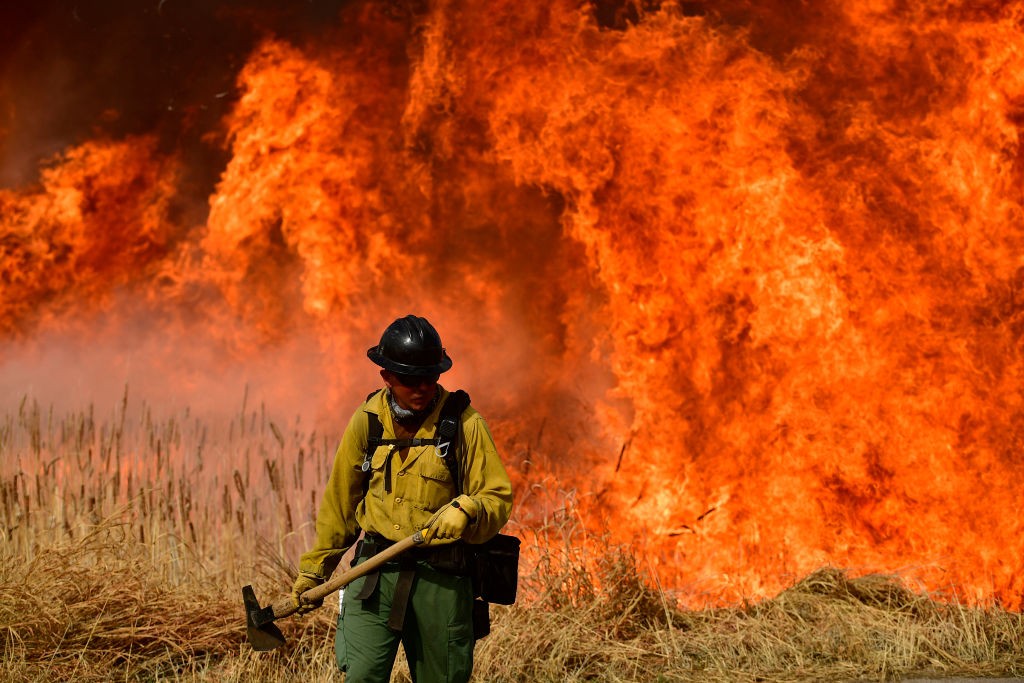Homes built in areas with grasslands and shrublands face a greater risk of fire as development expands and the effects of climate change intensify. However, a new report published Thursday finds that the number of homes inside widening wildfire perimeters have doubled since the 1990s.
According to researchers, of the 55,000 homes that burned between 2010 and 2022, two-thirds burned in grassland and shrubland fires. But according to Volker Radeloff, professor of forest life and ecology at the University of Wisconsin-Madison and co-author of the paper, while climate change and drought play a major role, the expansion of housing developments on the outskirts of urban areas are driving risk: Between 1990 and 2020, nearly 44 million homes were built in these wildland-urban interface areas.
To complicate matters, Radeloff says that in areas where homes have burned, new development becomes susceptible to repeat fires. Grassland systems can catch fire every few years, so rebuilding homes in the same way as before, with no change to vegetation or fire-prevention methods, means that wildfires can strike again.
“These are really great places to live, and it’s good that people want to be close to nature,” said Radeloff. “We just need to figure out, as a group effort, how to do this in a world that’s warming and where we will probably see more fires in the future.”
The study says that one way to reduce wildfire risk may be through controlled burns, an Indigenous practice the authors cite as an important practice in fire prevention. “Indigenous burning is really important, and it’s a great way to do it in a controlled fashion so there is less fuel in the landscape and, if a wildfire occurs, it is less intense,” said Radeloff. “But that has to happen frequently too, and it’s not just like one time and you’re good for the next 50 years.”
Radeloff adds that the frequency needed to keep vegetation in check may not be possible due to how difficult it can be to implement controlled burns safely in wildland-urban interface areas, or areas where homes are mixed with undeveloped wildlife vegetation and prone to fire.
Radeloff said expanding development will continue to happen but that there needs to be more responsibility on the part of homeowners, cities, and the federal government to make sure these fires do less damage.
“Typically when we think of wildfires, we see them in the news, we see dramatic big trees burning and so forth,” said Radeloff. “Those fires are really intense when they occur, but they are not as widespread. Shrubland and grassland fires are much more widespread, and that’s why they destroy far more homes.”



